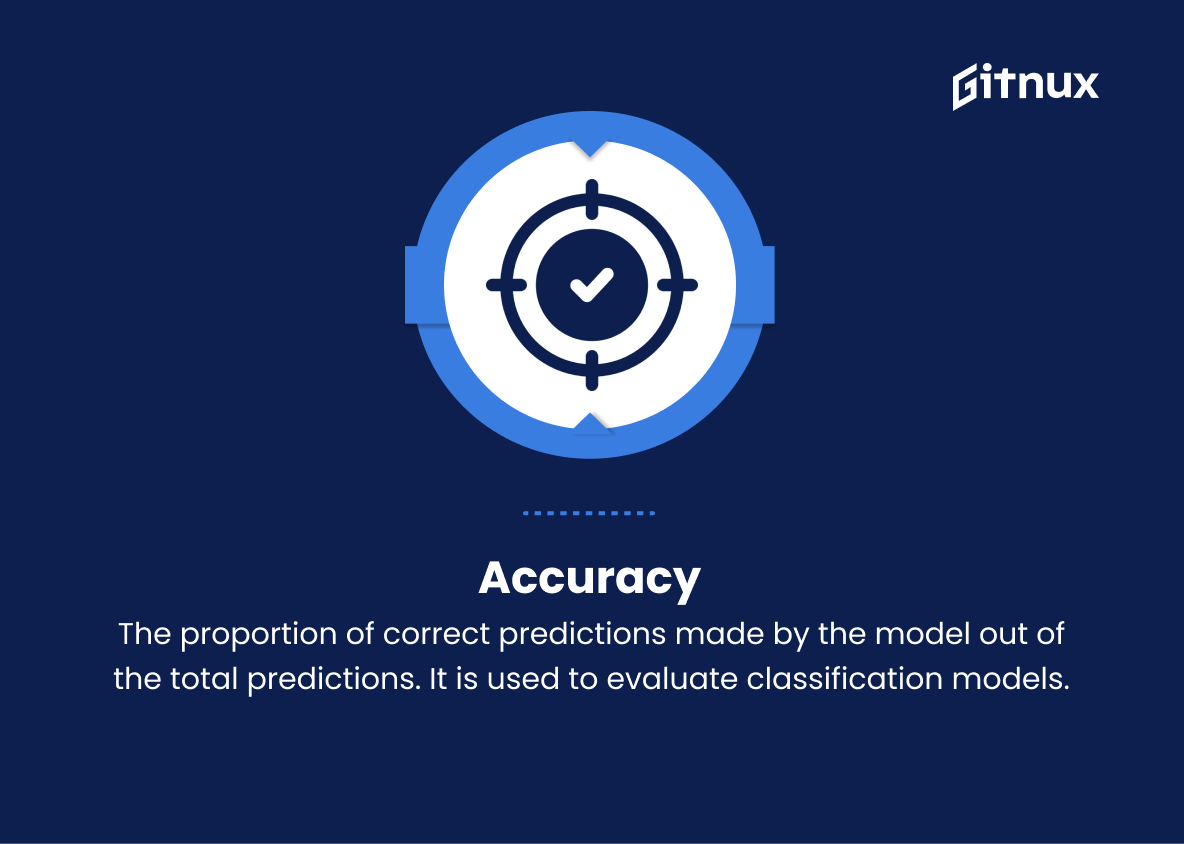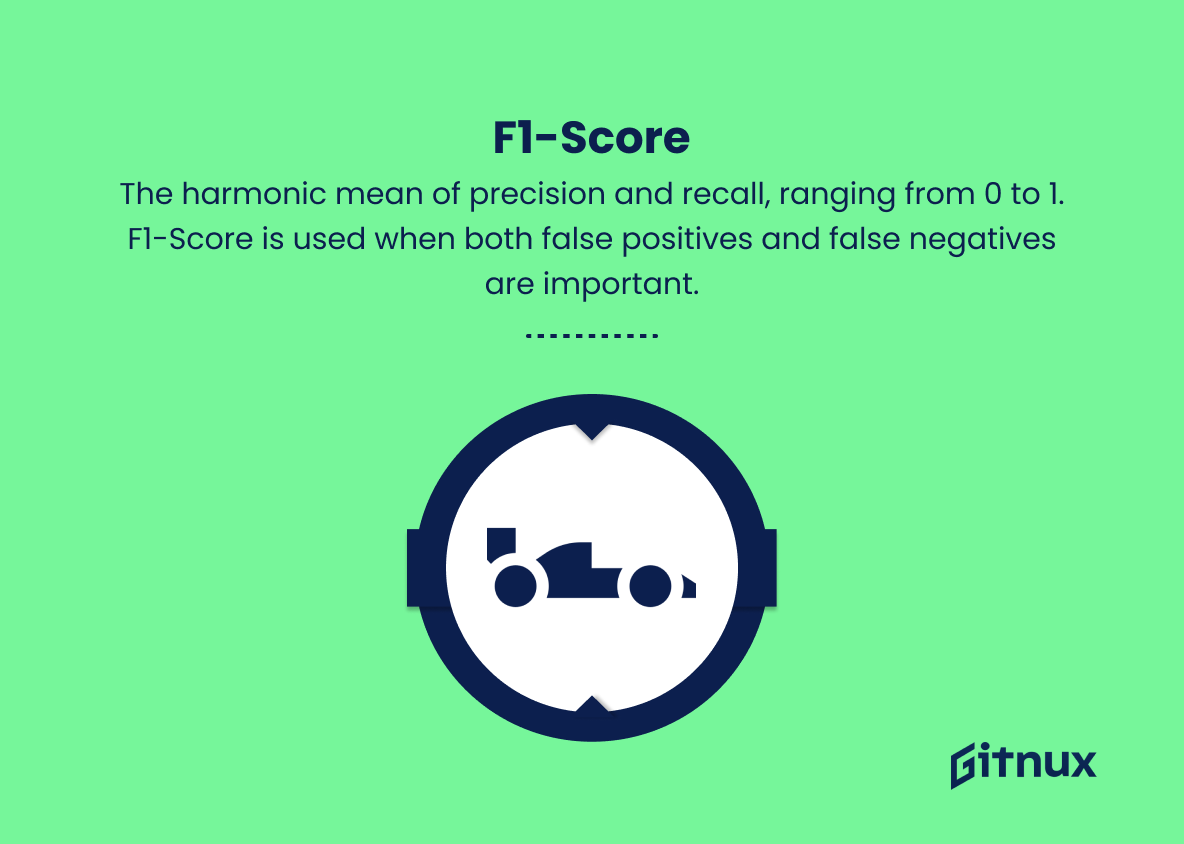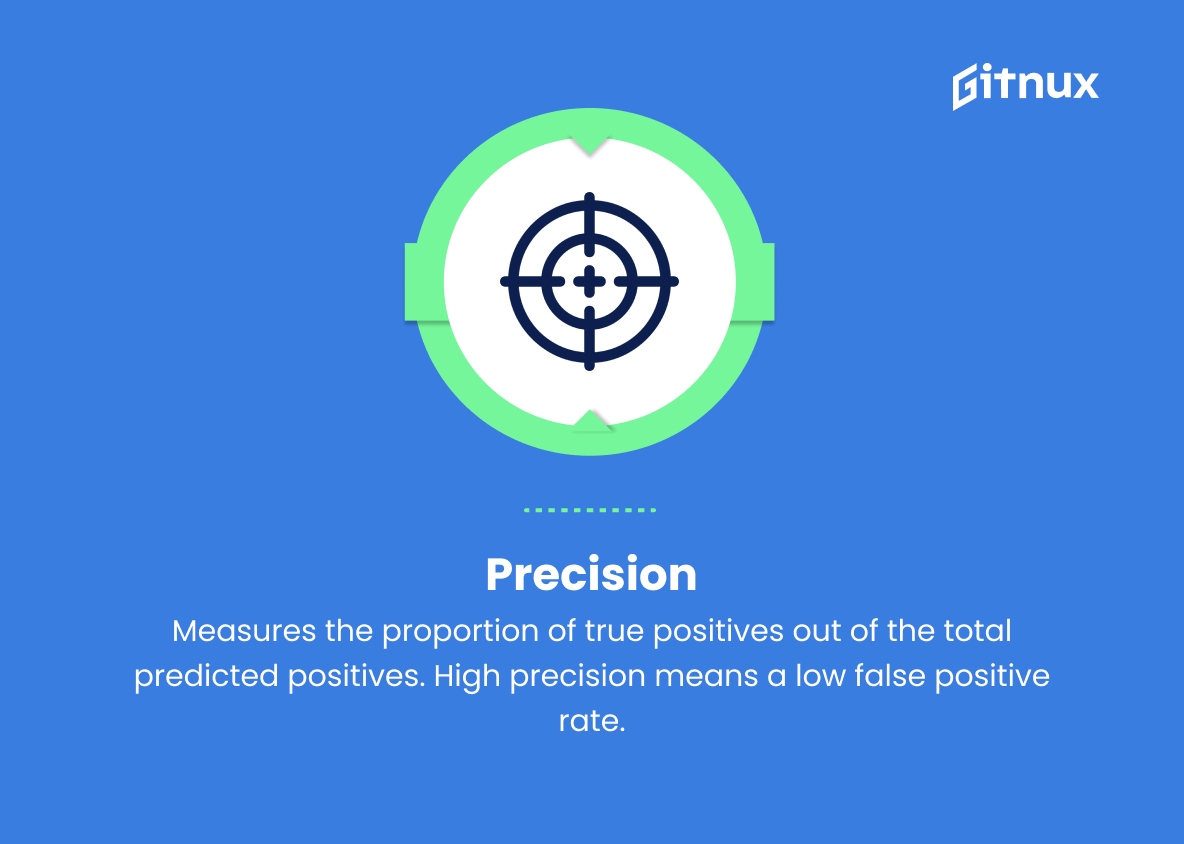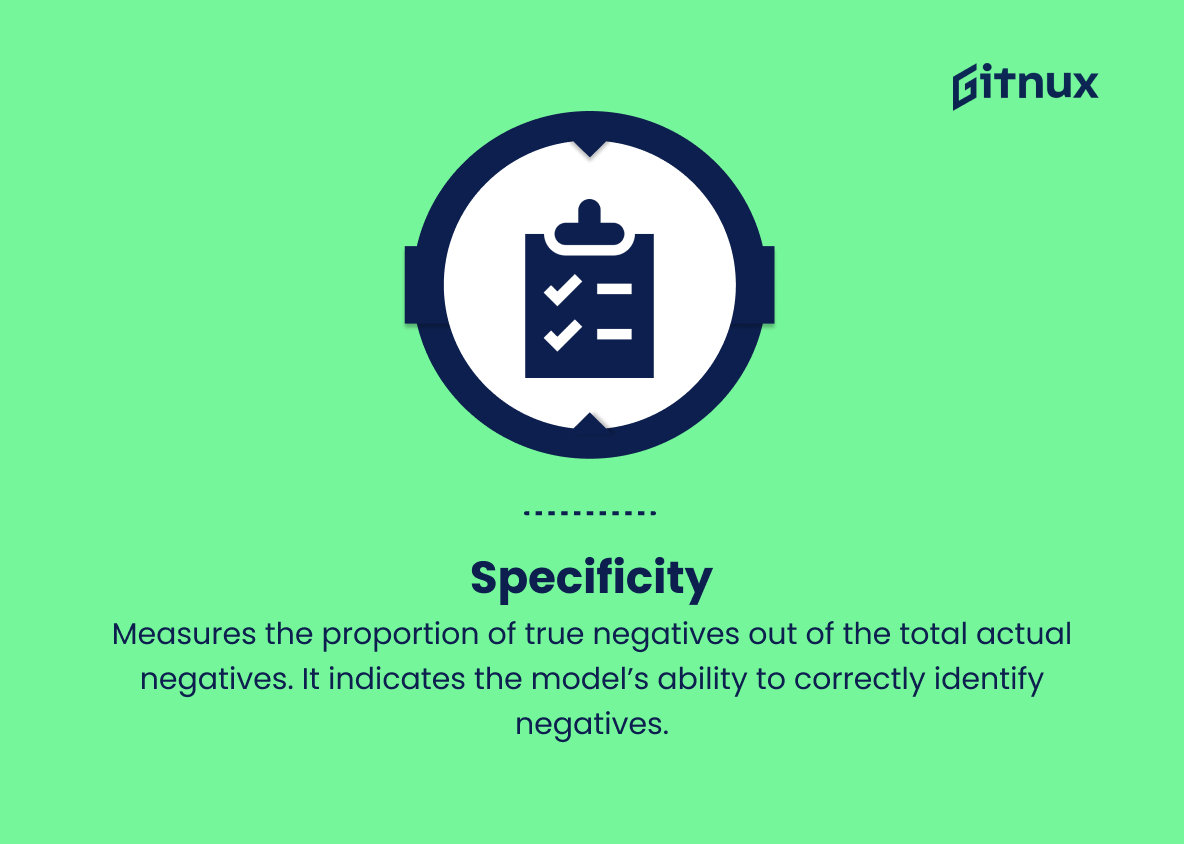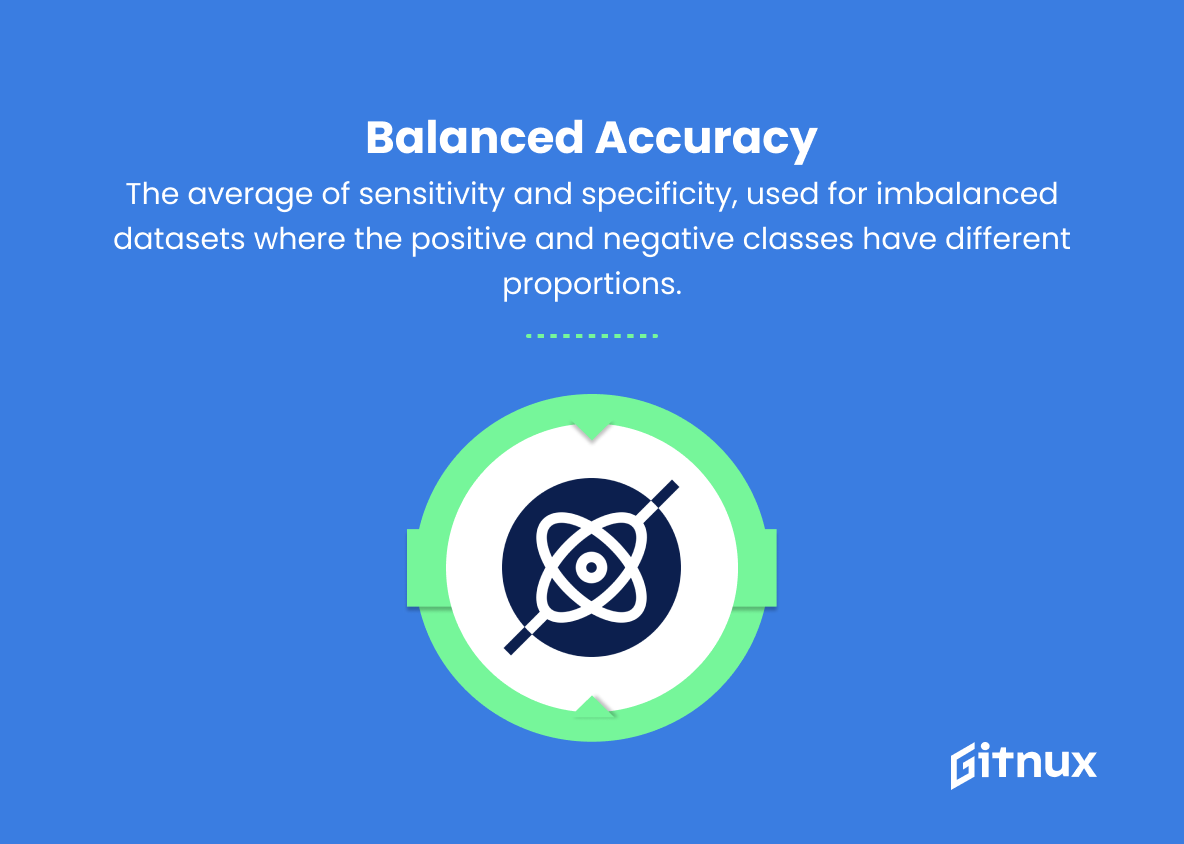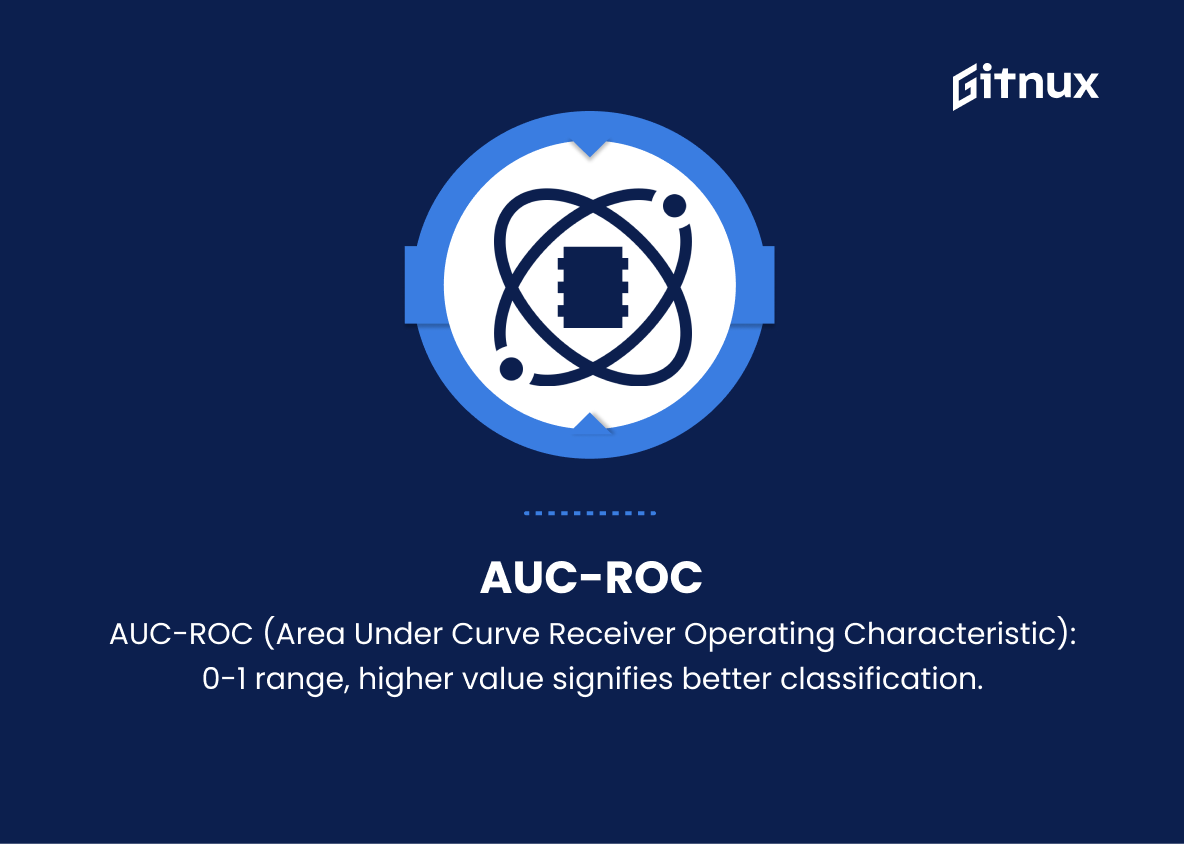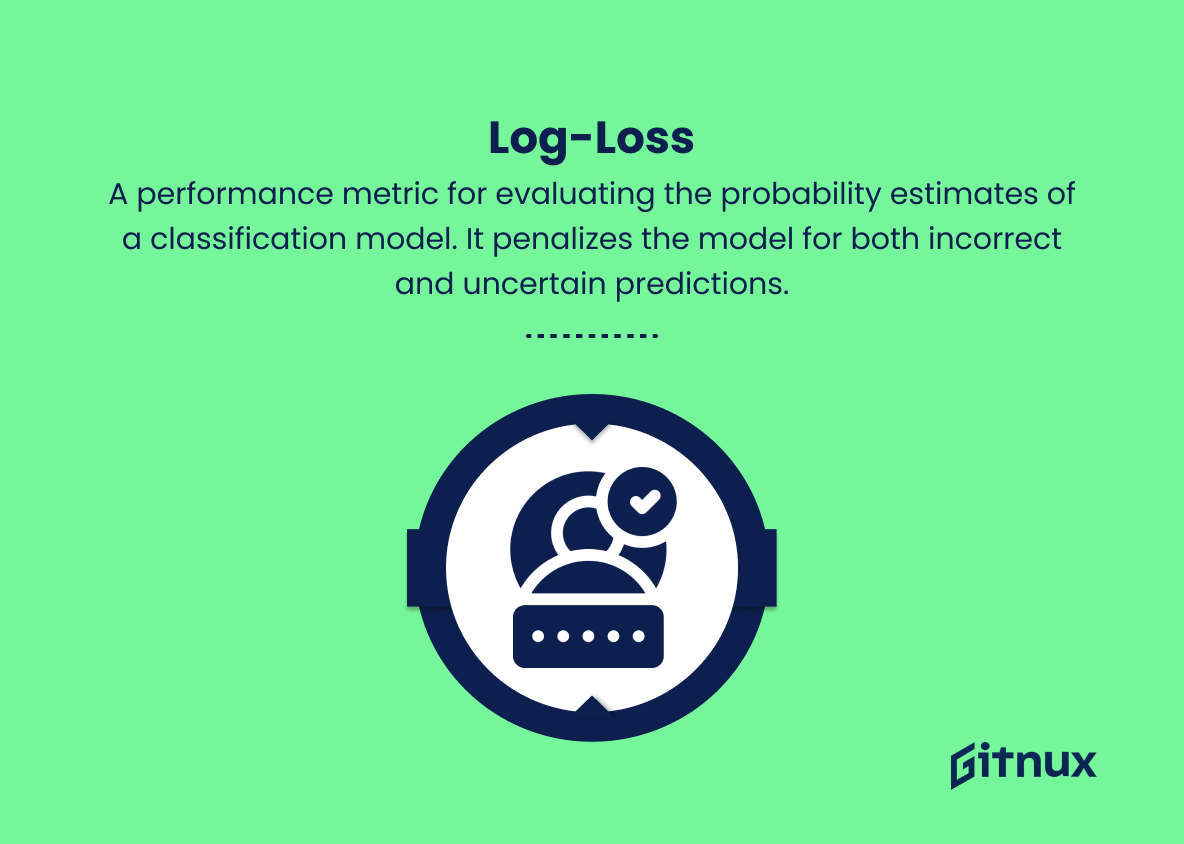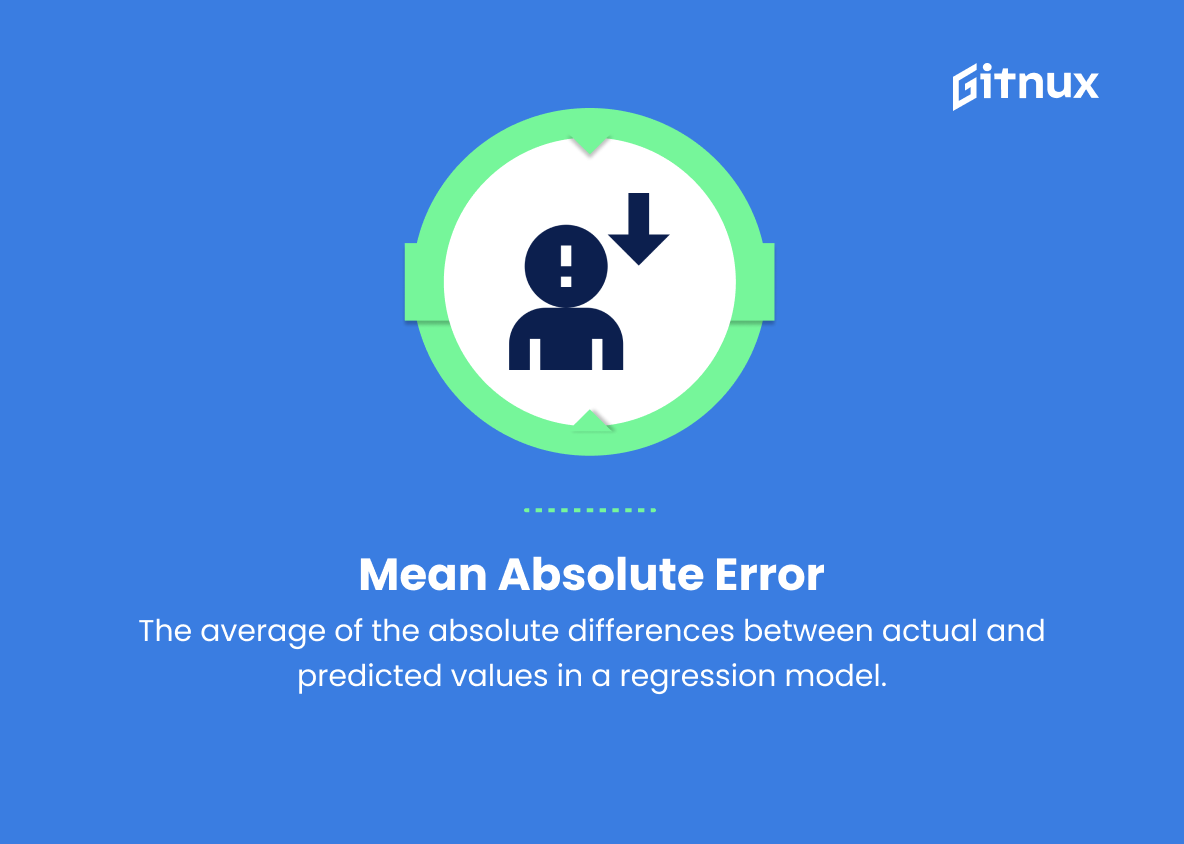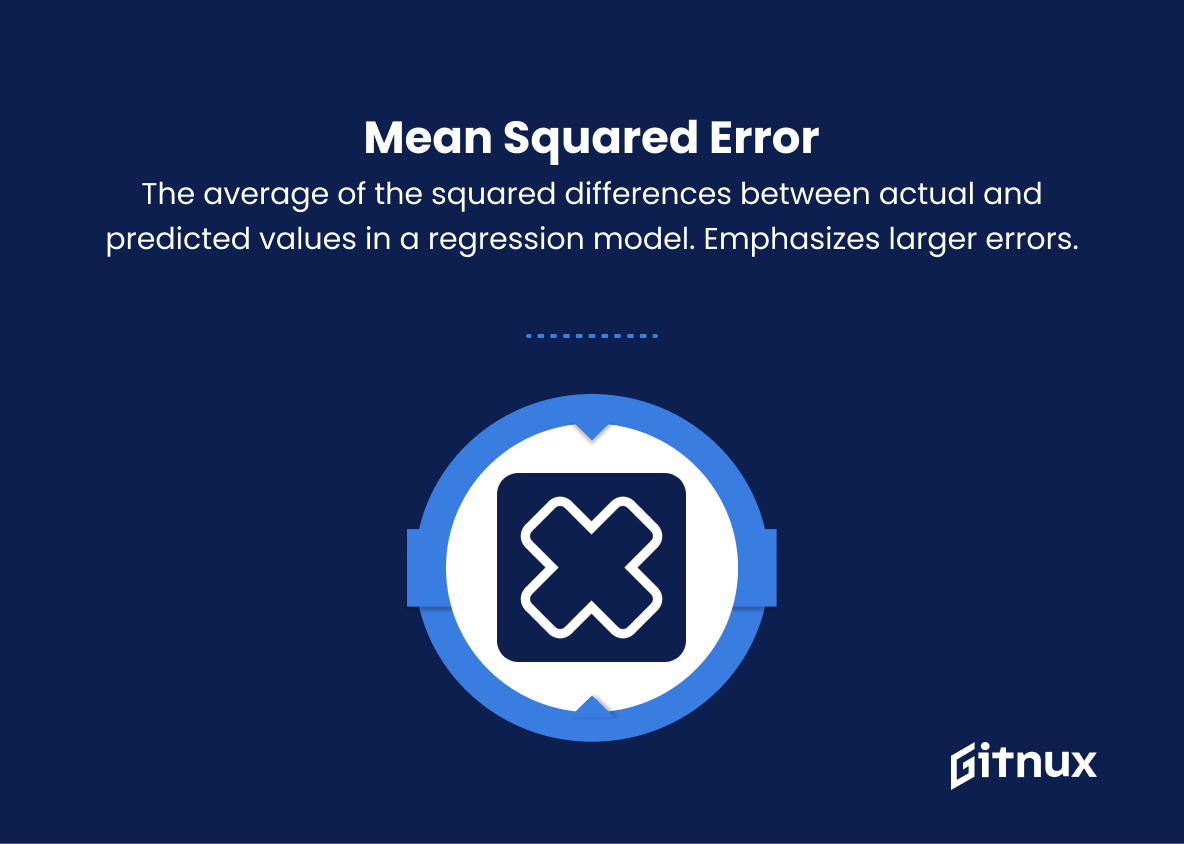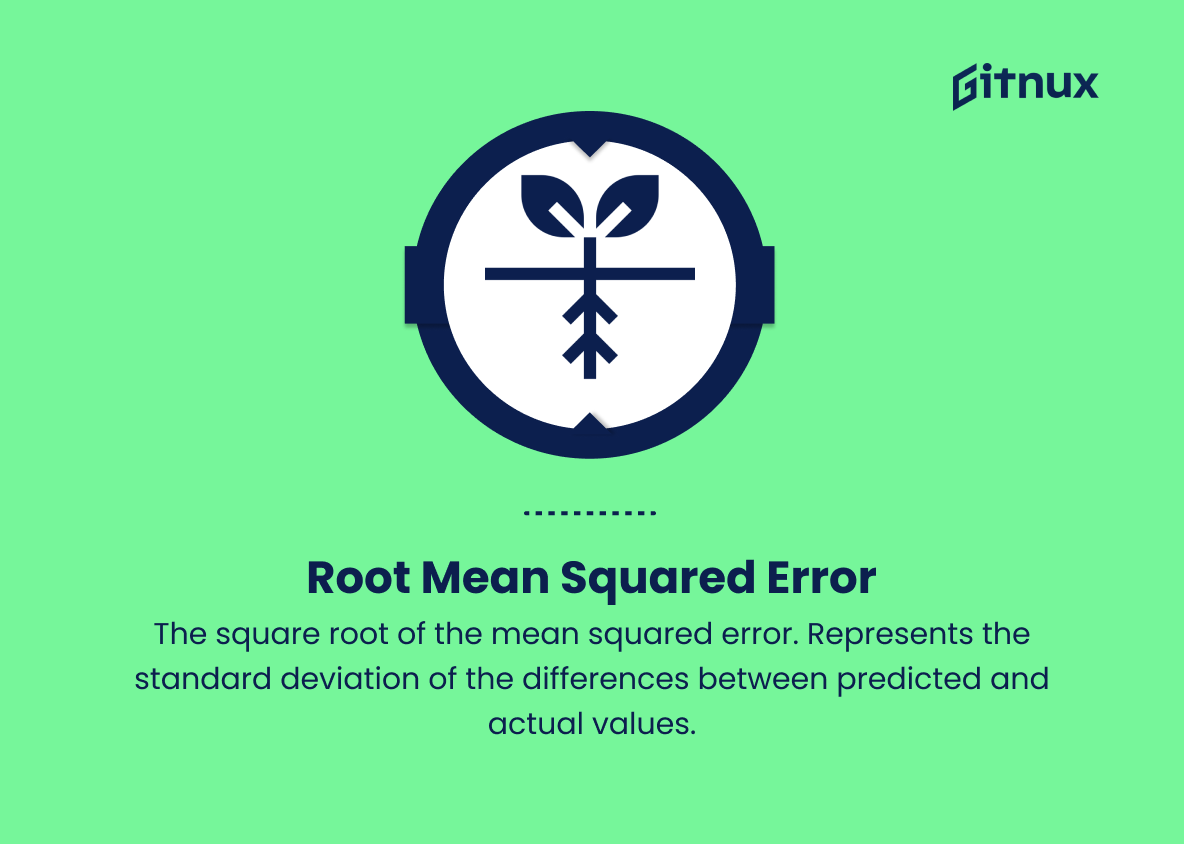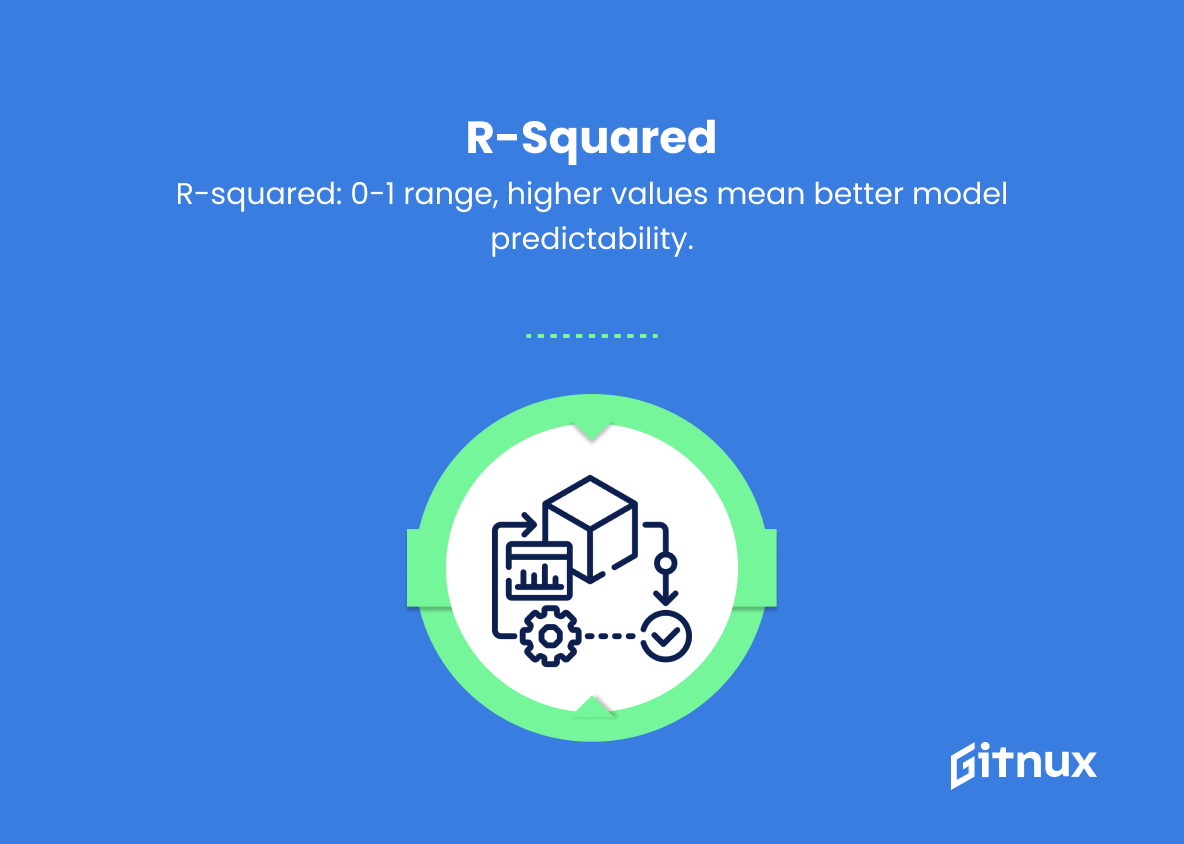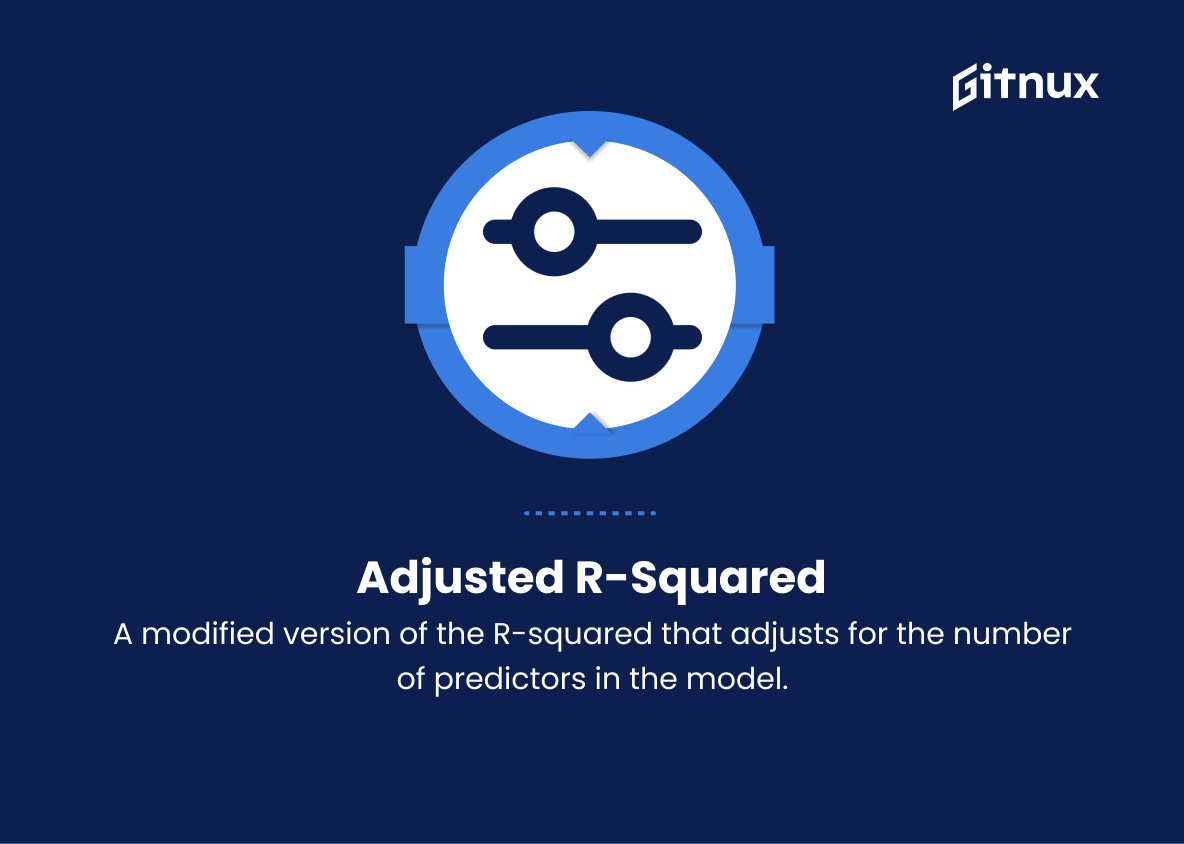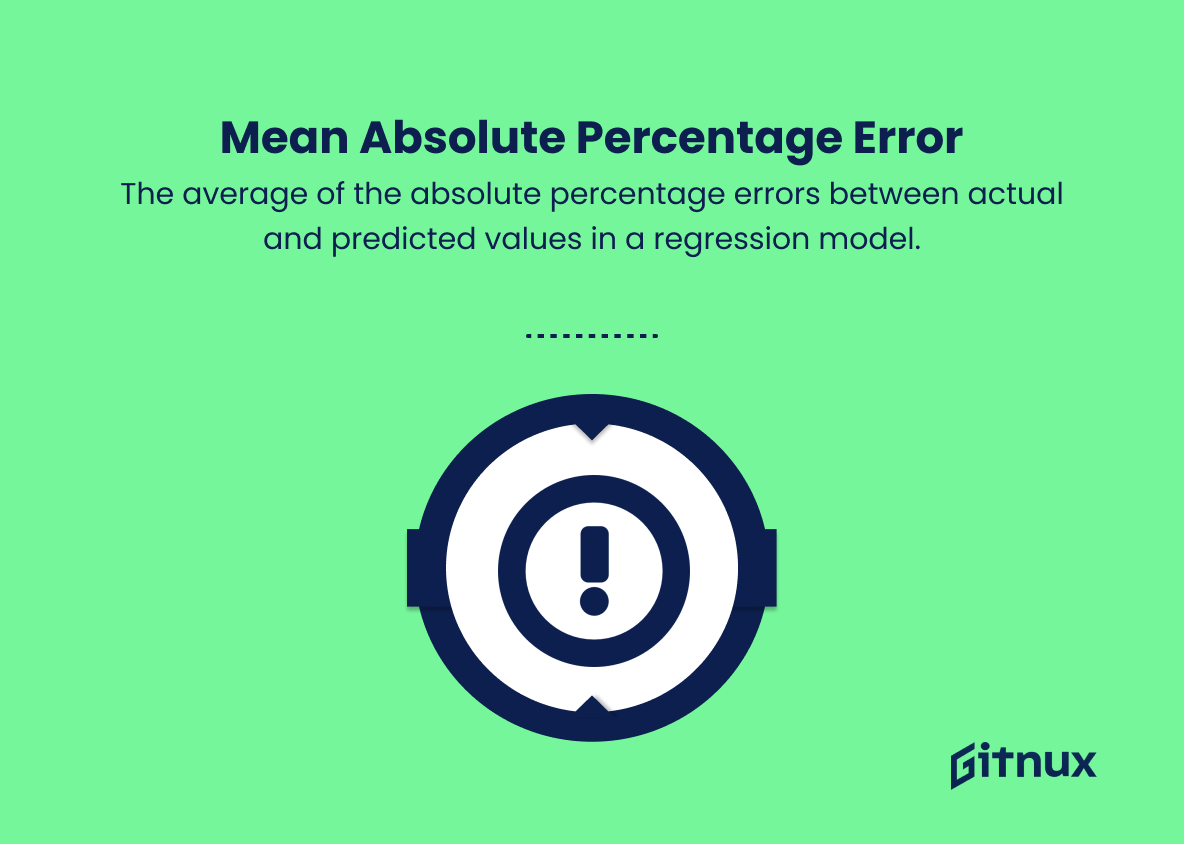In this rapidly evolving digital landscape, data has become the lifeblood of decision-making across various industries. As organizations continuously collect enormous amounts of data, the ability to accurately decipher, analyze, and interpret it has become a significant need, giving rise to the field of data science.
Using sophisticated methodologies, strategies, and algorithms, data scientists skillfully extract valuable insights from the vast oceans of raw data, allowing companies to make well-informed choices for sustainable growth and success.
This blog post covers data science metrics, discussing their importance, frequently applied metrics, and providing examples and best practices for optimal results. Understanding data science metrics unlocks potential for critical decisions, innovation, and contributing to the knowledge ecosystem.
Data Science Metrics You Should Know
1. Accuracy
The proportion of correct predictions made by the model out of the total predictions. It is used to evaluate classification models.
2. F1-Score
The harmonic mean of precision and recall, ranging from 0 to 1. F1-Score is used when both false positives and false negatives are important.
3. Precision
Measures the proportion of true positives out of the total predicted positives. High precision means a low false positive rate.
4. Recall (Sensitivity)
Measures the proportion of true positives out of the total actual positives. High recall means a low false negative rate.
5. Specificity
Measures the proportion of true negatives out of the total actual negatives. It indicates the model’s ability to correctly identify negatives.
6. Balanced Accuracy
The average of sensitivity and specificity, used for imbalanced datasets where the positive and negative classes have different proportions.
7. AUC-ROC (Area Under the Receiver Operating Characteristic curve)
The area under the curve that represents the trade-off between true positive rate and false positive rate. AUC-ROC ranges from 0 to 1, with a higher value indicating better classification performance.
8. Log-Loss (Logarithmic Loss)
A performance metric for evaluating the probability estimates of a classification model. It penalizes the model for both incorrect and uncertain predictions.
9. Mean Absolute Error (MAE)
The average of the absolute differences between actual and predicted values in a regression model.
10. Mean Squared Error (MSE)
The average of the squared differences between actual and predicted values in a regression model. Emphasizes larger errors.
11. Root Mean Squared Error (RMSE)
The square root of the mean squared error. Represents the standard deviation of the differences between predicted and actual values.
12. R-squared (Coefficient of Determination)
The proportion of the variance in the dependent variable that is predictable from the independent variables. Ranges from 0 to 1, with higher values indicating better model performance.
13. Adjusted R-squared
A modified version of the R-squared that adjusts for the number of predictors in the model.
14. Mean Absolute Percentage Error (MAPE)
The average of the absolute percentage errors between actual and predicted values in a regression model.
15. Mean Squared Logarithmic Error (MSLE)
The average of the squared logarithmic differences between actual and predicted values in a regression model. Emphasizes errors on smaller values.
16. Median Absolute Deviation (MAD)
The median of the absolute deviations between actual and predicted values. Robust against outliers compared to mean-based metrics.
17. Confusion Matrix
A table that describes the performance of a classification model by displaying true positives, false positives, true negatives, and false negatives.
18. Feature Importance
Measures the relative contribution of each feature to the model’s performance. Helps in feature selection and understanding the drivers of the model’s predictions.
19. Lift
A measure of the performance of a classification model, calculated as the ratio of true positives to the average natural occurrence rate. It helps to understand how much better the model is compared to random guessing.
20. Kolmogorov-Smirnov Statistics (K-S)
A measure of how the predictions of a classification model are distributed between the two classes compared to the actual distribution.
Data Science Metrics Explained
Data science metrics are crucial in evaluating and comparing the performance of various models, ensuring that the most suitable one is selected for a given task. Accuracy is a key performance indicator for classification models, as it reveals the proportion of predictions made correctly. F1-Score is significant when weighing the importance of false positives and false negatives by taking the harmonic mean of precision and recall. Precision and recall allow for an understanding of the model’s capacity to minimize false positive and false negative rates.
Meanwhile, Specificity and balanced accuracy assess true negatives and imbalanced data, AUC-ROC indicates trade-off between true and false positive rates, log-loss penalizes incorrect and uncertain predictions. Regression metrics include MAE, MSE, RMSE, R-squared, adjusted R-squared, MAPE, MSLE, and MAD. Confusion matrix visualizes classification model’s performance. Feature importance, lift, and Kolmogorov-Smirnov statistics help understand model drivers and prioritize features to improve overall performance.
Conclusion
In conclusion, data science metrics play an essential role in driving the success of data-driven organizations. By measuring the accuracy, interpretability, and actionable insights derived from models, data scientists can fine-tune their models, decision-makers can deploy effective strategies, and the organization as a whole can benefit from informed decision-making.
As the field of data science continues to evolve, so too will the importance of these metrics, reminding us that the value of data science lies not only in the novelty of its techniques but in the tangible results it delivers to organizations and their stakeholders. So, as we progress further into the era of data science, remember to appreciate and leverage the power of metrics to optimize the impact of your analytics endeavors.
